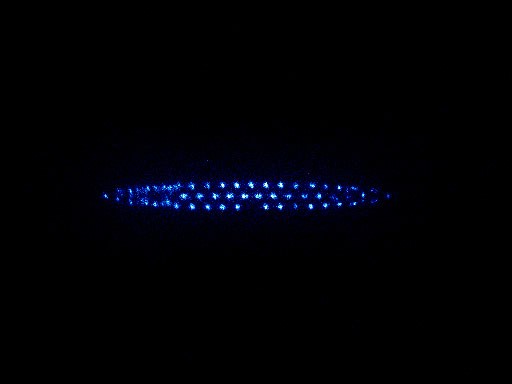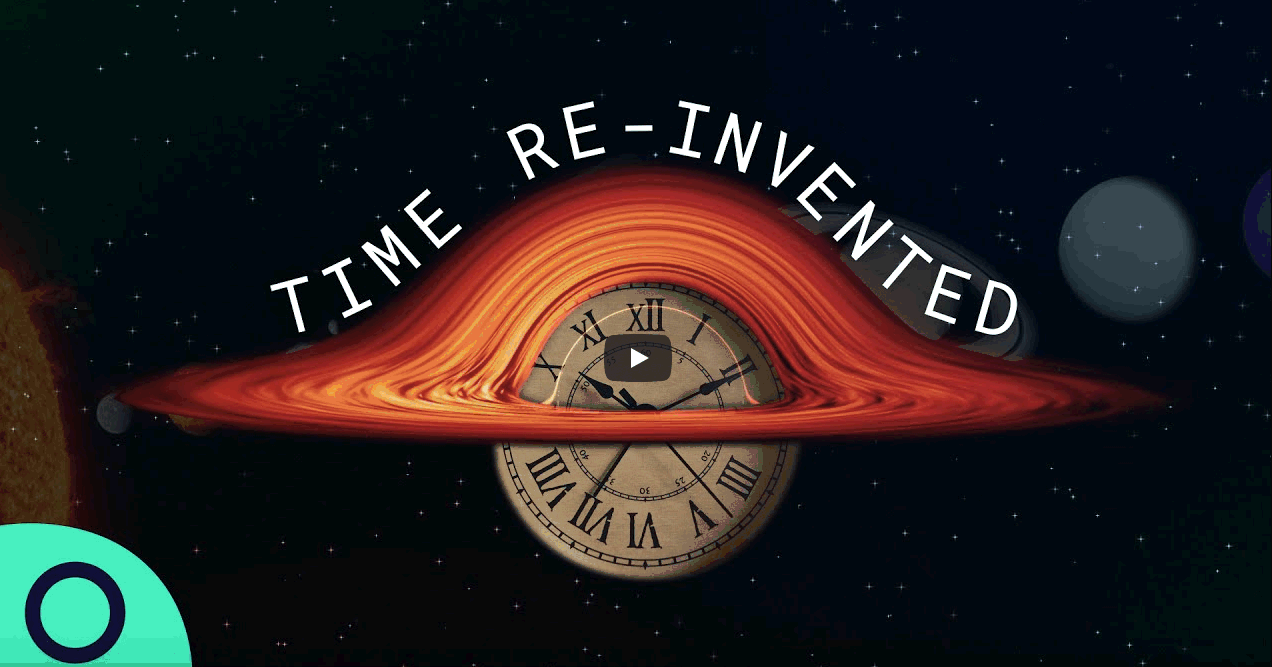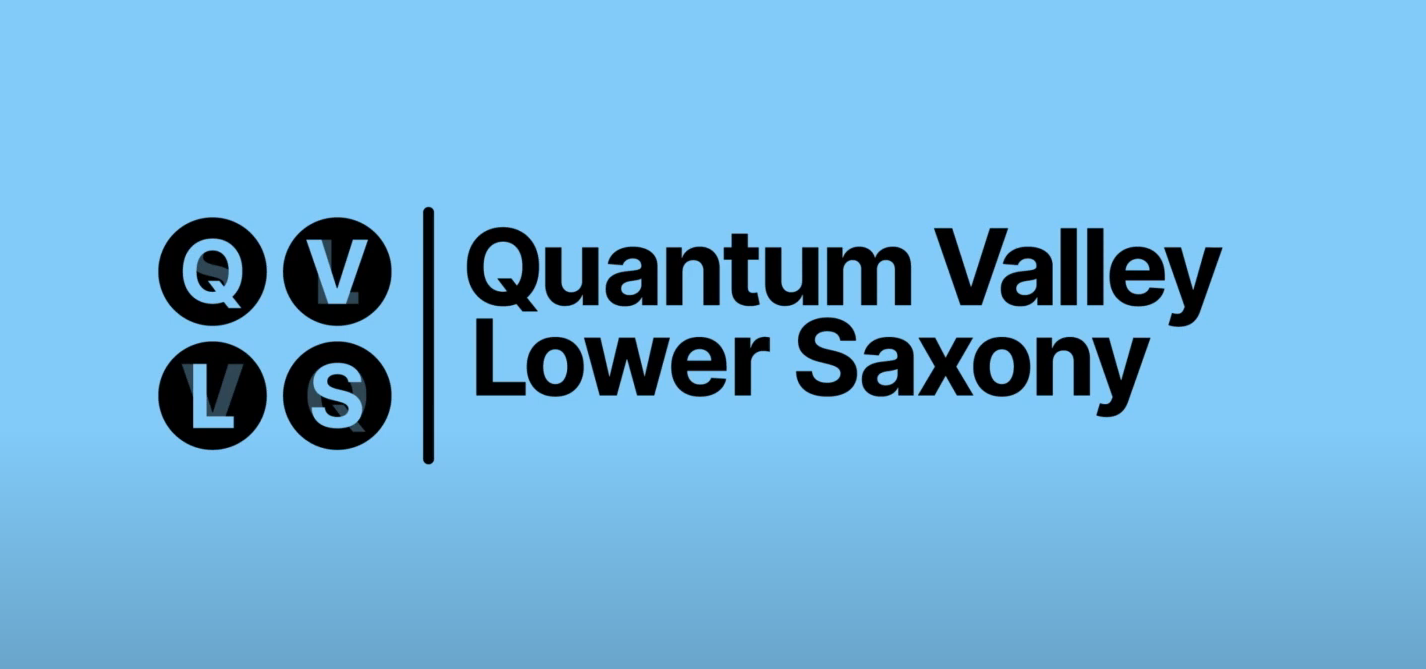Quantum Clocks and Complex Systems
The Research Group QUEST 2 "Quantum Clocks and Complex Systems" focuses on the development of a new generation of optical frequency standards based on Coulomb crystals of trapped ions and the study of non-linear and non-equilibrium dynamics therein. With our approach, the short-term instability of ion-based clocks can be improved significantly beyond the present state-of-the-art, enabling practical applications such as relativistic geodesy. In our experiment, we aim to achieve a total relative frequency uncertainty of a few parts in 1019. Ion Coulomb crystals are a basis for precision spectroscopy in quantum-correlated systems and pave the way for tests of fundamental theories and the search of new physics beyond the Standard Model.
The excellent control that is possible over trapped and laser-cooled ions allows interesting experiments to be performed on the physics of atomic many-body systems. We study the nonlinear and non-equilibrium dynamics of complex systems and use ion Coulomb crystals for the emulation of physical systems that are otherwise difficult to access. This scientific research ranges from the observation of phase transitions and topological defects to nanofriction and transport dynamics in self-organized systems.
Overview
Our research is based on a quantum clock which allows us to measure the time at an uncertainty level of about 10-18 seconds. This means that the clock will not be more than 1 second wrong in 32 billion years, which is about seven times the age of our planet.
The time measurement is based on ions that are trapped in a special ion trap (2),(3) installed in a vacuum chamber (1). These ions are held in place by a high electric potential and cooled down to a temperature of some millikelvin, meaning around -273°C, which is very close to the lowest possible temperature. At this temperature, their movement becomes very slow due to less energy and they form crystals (4). These conditions make it possible to observe the ions in our experiment.
To measure the time, we use the fact that atoms as our ions have different energy levels. These levels are sharply defined and a transition between two levels either absorbs energy (to a higher level) or emits energy (to a lower level). Choosing an especially sharply defined energy level and bringing the ion into this level makes it possible to read out the frequency standard which defines the time. The energy to reach the higher level is provided by a laser which is aimed at the ion. The frequency of this laser which has the exact energy to reach the chosen upper level is therefore the frequency standard and defines a second by knowing how many wavelengths make up for one second.
Our goal is to develop more accurate and stable quantum clocks. This will make it possible to test Einstein’s theory of relativity and the possible variation of natural constants. Furthermore, better clocks will enable better navigation on the earth and in space as well as supporting earth measurements in relativistic geodesy.
Bloomberg TV produced a film about time dilation and clocks based on interviews with Don Lincoln (Fermi Lab), David Hume (NIST) and Tanja Mehlstäubler (PTB/LUH).
The video "Atomic Clocks are Reinventing Time" is published on Bloomberg TV and YouTube.
You can find the video here.
WebsEdge Science released a video on the "Quantum Valley Lower Saxony (QVLS)", including footage from our laboratory.
You can find the video here.




